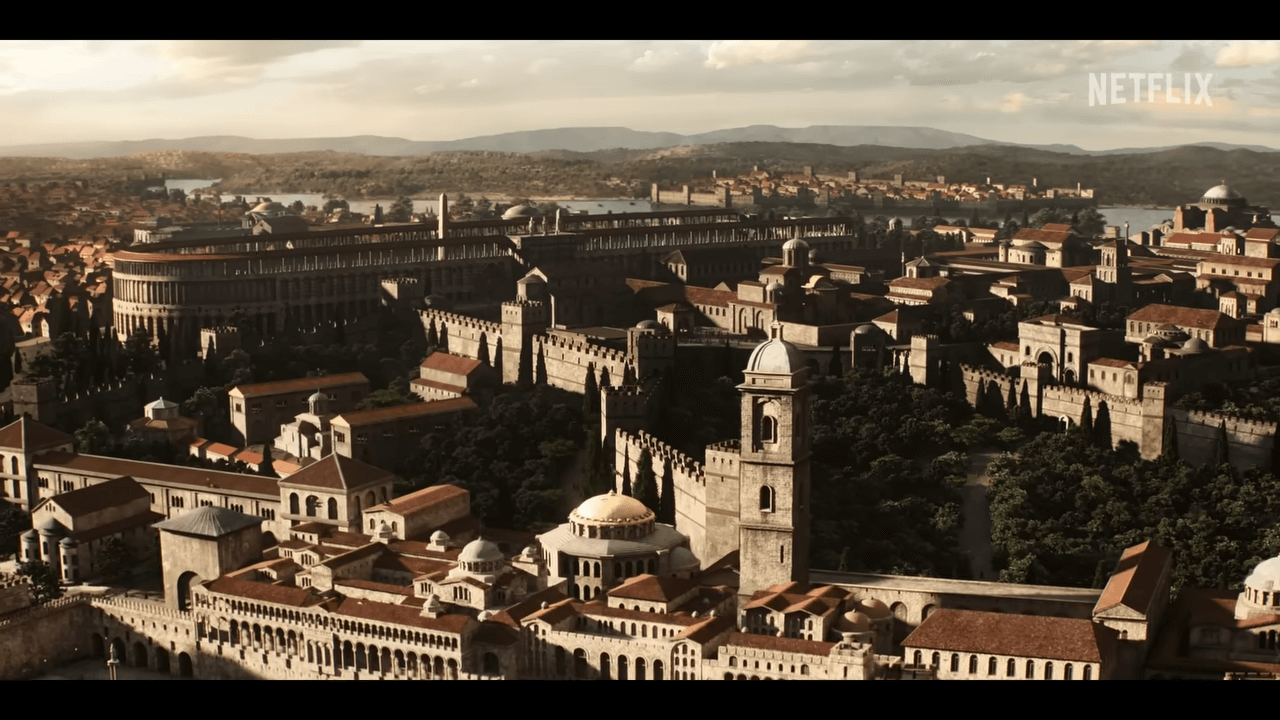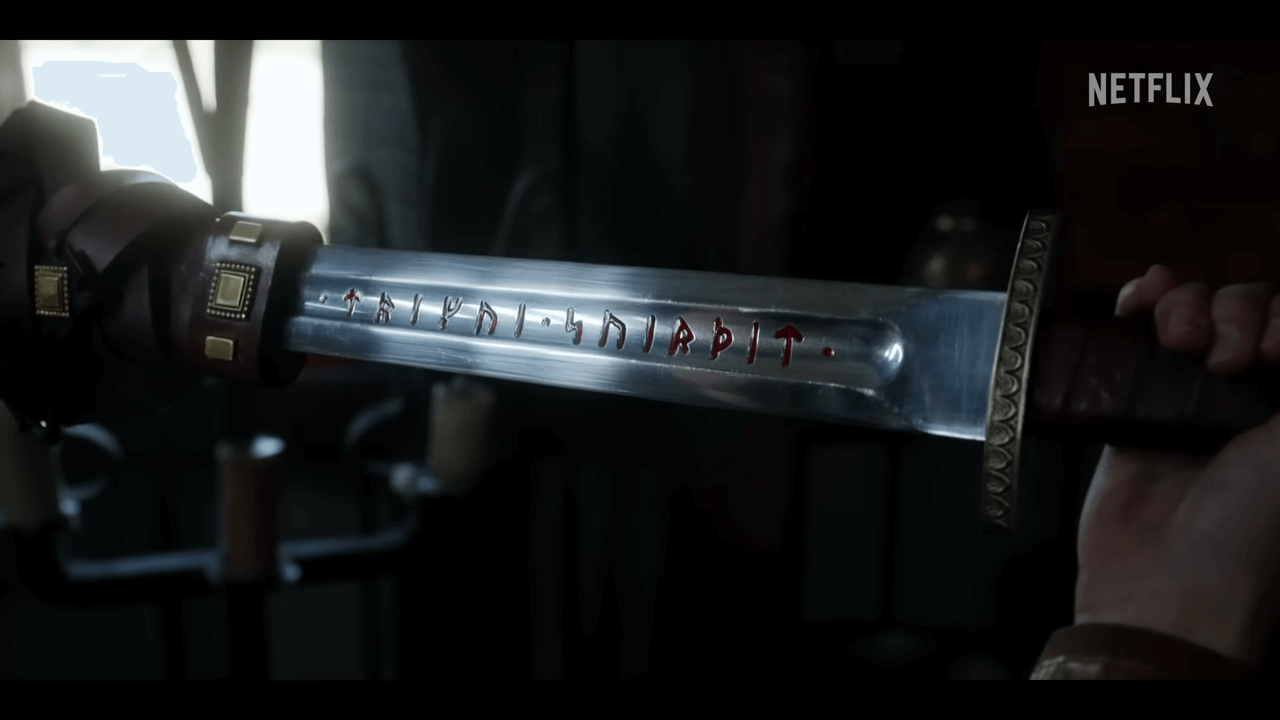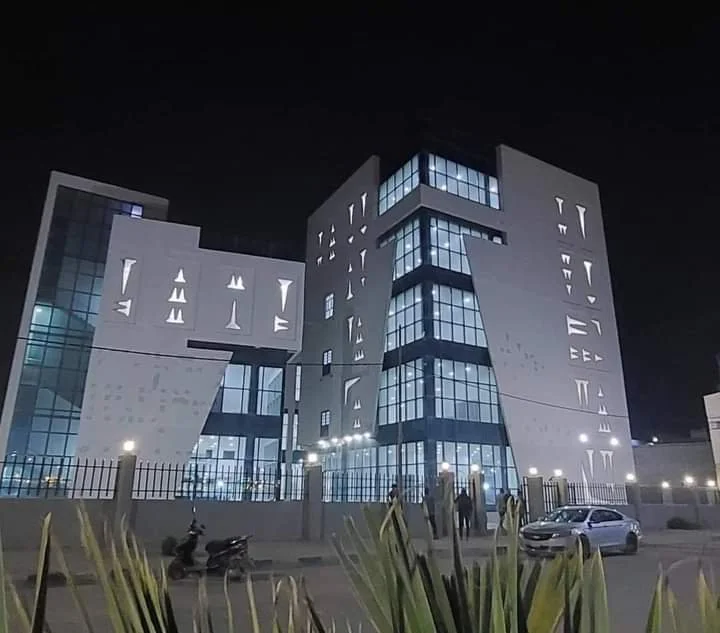Modernizing Indo-European Linguistic Mapping: The Complex Model by Raimo Anttila
Introduction: The Evolution of Indo-European Linguistic Studies
The study of Indo-European languages has captivated linguists for centuries, with roots tracing back to the late 18th and early 19th centuries. The discovery of striking similarities between languages such as Sanskrit, Latin, and Greek led to the formulation of the Indo-European hypothesis, positing a common ancestral language. The meticulous work of academics like Sir William Jones, who first proposed the idea of a Proto-Indo-European (PIE) language, and Franz Bopp, who further developed the comparative method to trace the relationships between these languages, marked this early period of comparative linguistics.
Throughout the 19th century, linguists like August Schleicher introduced the tree model to represent the branching nature of language divergence. This model, depicting languages as evolving from a common root through a series of binary splits, became the dominant framework for understanding language relationships. Schleicher's family tree model was groundbreaking, offering a systematic approach to studying linguistic evolution and divergence.
However, as the 20th century progressed, scholars began to recognize the limitations of the tree model. It became apparent that languages do not always diverge in neat, binary splits. Instead, they often exhibit complex patterns of convergence and divergence influenced by various factors such as migration, contact, and socio-political changes. According to Johannes Schmidt's wave model, linguistic features spread across regions like waves in water, resulting in overlapping isoglosses rather than distinct branches.
Schleicher's depiction of the Indo-European language family tree, while groundbreaking for its time, presents a one-dimensional and somewhat misleading picture of linguistic evolution. Languages do not evolve in isolation; rather, they are in constant contact and interaction with neighboring languages. Furthermore, linguistic variations are not as sudden and abrupt as the branching diagram suggests. Instead, they result from long and gradual processes of divergence from a common ancestor, aligning with the core principles of historical comparative linguistics. This gradual divergence reflects the complex and interconnected nature of language development, which the traditional tree model fails to fully capture.
In recent decades, advances in computational methods and phylogenetic analysis have revolutionized the field. Linguists now employ sophisticated tools to analyze large datasets of linguistic features, revealing more nuanced patterns of language change and interaction. These modern approaches have led to the development of network models, such as those proposed by Raimo Anttila, which capture the intricate web of relationships between languages more accurately than the traditional tree model.
Today, the study of Indo-European languages continues to evolve, integrating insights from historical linguistics, archaeology, and genetics. Scholars strive to unravel the complex history of language divergence, seeking to understand not only how languages are related but also the historical contexts that shaped their development. The journey from the early tree models to contemporary network analyses reflects the dynamic and interdisciplinary nature of linguistic research, highlighting the ongoing quest to map the rich tapestry of human language.
Introduction to Anttila's Model
Raimo Anttila's modernized model of Indo-European dialect mapping represents a significant advancement over the traditional tree model. Using 24 isolinguals from various branches of the Indo-European language family, Anttila's model provides a nuanced and intricate depiction of language relationships. This complexity, while challenging to interpret, offers a more faithful reflection of the historical and geographical landscape of Indo-European languages. In this model, the original centum and satem distinctions proposed by Antoine Meillet are preserved but modernized, incorporating the languages Hittite and Tocharian into the centum category.
Preserving and Modernizing Centum and Satem Distinctions
Anttila's model retains Meillet's centum and satem distinctions, which categorize Indo-European languages based on their treatment of certain Proto-Indo-European consonants. Centum languages, including Hittite and Tocharian, maintain the original velar stops, while satem languages show a shift to sibilants. By integrating Hittite and Tocharian, Anttila not only modernizes but also reinforces these distinctions. Hittite's inclusion is particularly notable due to its central geographical position within the Indo-European world, reflecting the Indo-Hittite hypothesis, which suggests Hittite's pivotal role in early Indo-European history.
Centrality of Hittite and Tocharian
The centrality of Hittite in Anttila's model is a crucial element. Hittite occupies the exact geographical center of the Indo-European language family, a position that underscores its historical and linguistic significance. This central placement echoes Anttila's support for the Indo-Hittite hypothesis, proposing that Hittite and its related Anatolian languages form a distinct, early branch of Indo-European. Similarly, Tocharian, despite being geographically eastern, is grouped with the centum languages due to its conservative linguistic features. Both Hittite and Tocharian exhibit fewer common innovations with other Indo-European languages, highlighting their conservative nature and reinforcing their central roles in the family.
Reflecting the True Complexity of Indo-European Linguistic Landscape
Anttila's model, with its intricate web of relationships, better captures the complexity of Indo-European linguistic history compared to the simplistic binary splits of traditional tree models. The web-like structure of Anttila's map reflects a more realistic scenario where languages influence each other through continuous contact and migration, resulting in overlapping isoglosses. This network approach provides a more accurate depiction of how languages evolve, interact, and diverge, acknowledging the multifaceted nature of linguistic development. By illustrating the interconnections and shared features among languages, Anttila's model aligns more closely with historical linguistic evidence, offering a comprehensive understanding of the Indo-European language family's evolution.
Conclusion
Raimo Anttila's modernized model of Indo-European dialect mapping represents a sophisticated and detailed approach to understanding language relationships. By preserving and updating Meillet's centum and satem distinctions and emphasizing the centrality of Hittite and Tocharian, Anttila's model offers a more nuanced and accurate reflection of the Indo-European linguistic landscape. This complex, web-like structure captures the true nature of language evolution and interaction, making it a valuable tool for historical linguistics. Anttila's model stands as a testament to the intricate and dynamic history of the Indo-European language family, highlighting the importance of considering both historical and geographical contexts in linguistic studies.







































































































